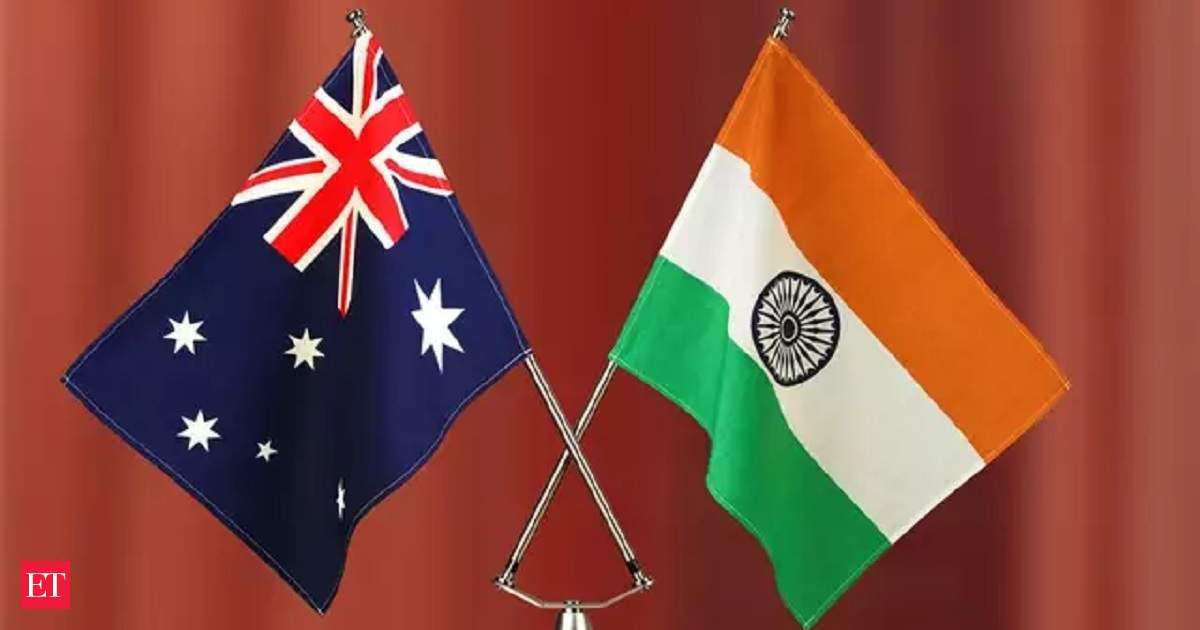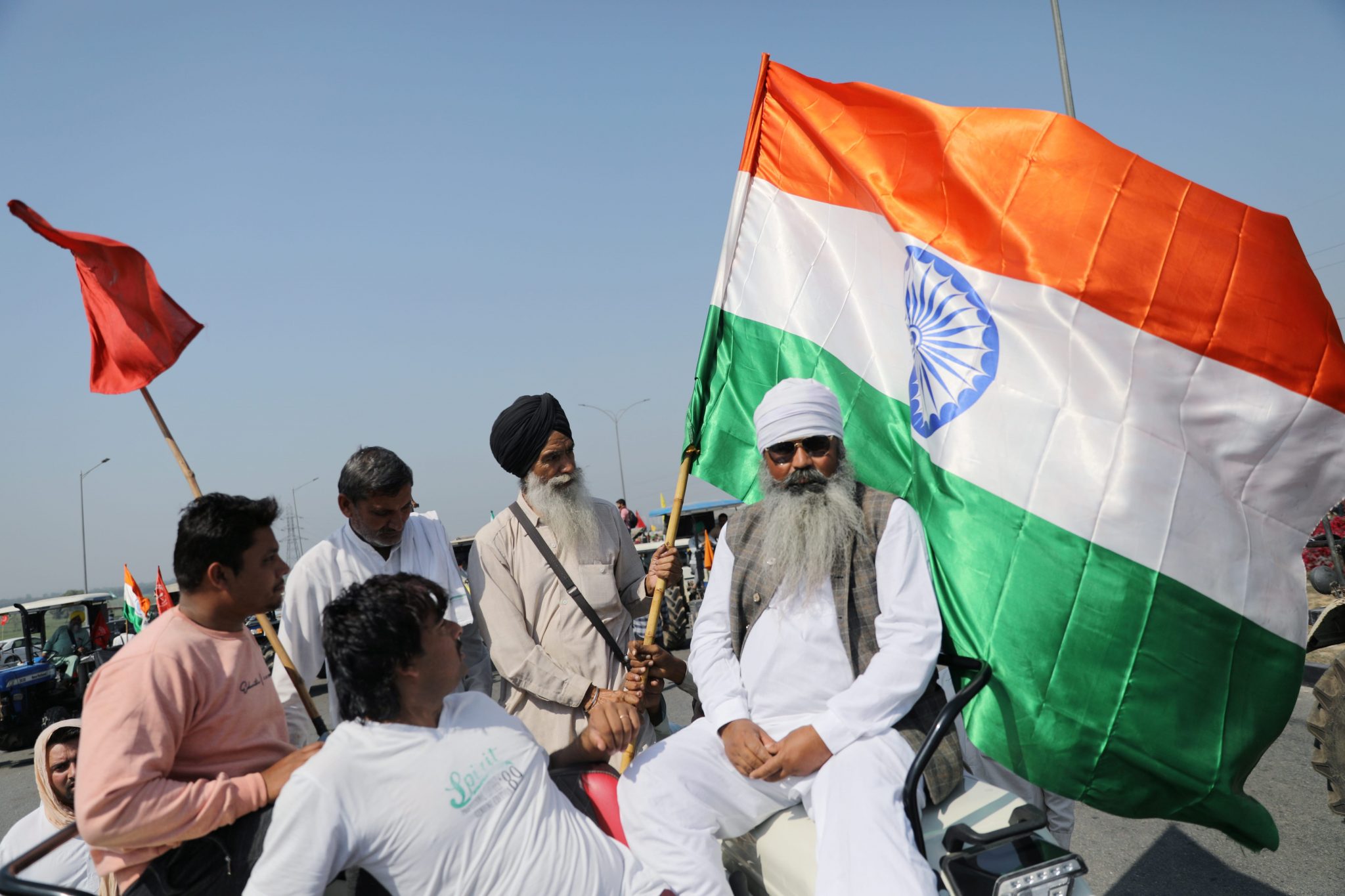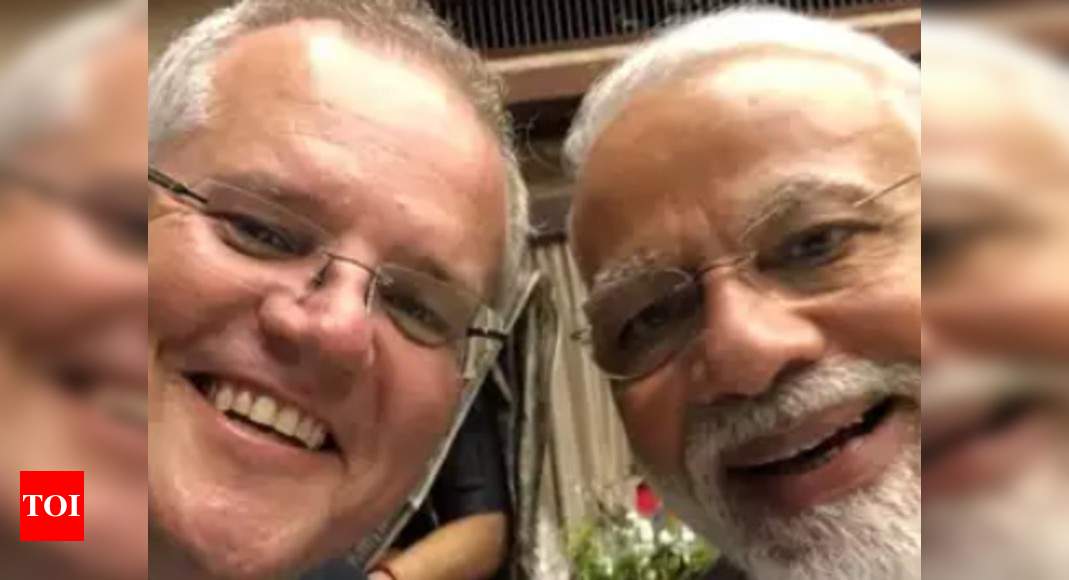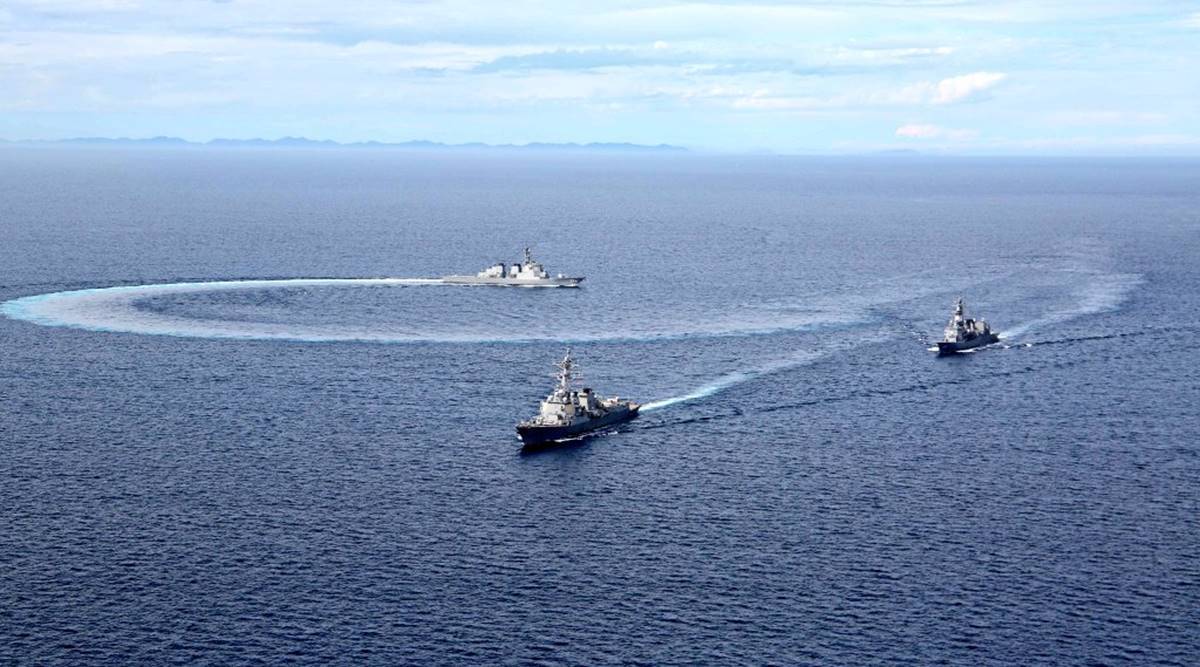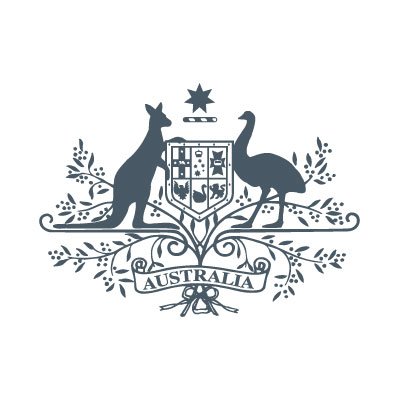Joint visit to Indonesia, India, the Republic of Korea, and the United States
Minister for Foreign Affairs, Senator the Hon Marise Payne and Minister for Defence, the Hon Peter Dutton MP, will visit Jakarta, New Delhi, Seoul, Washington and New York to advance Australia’s relationships with our close friends and strategic partners in the Indo-Pacific region.
Australia’s security and economic prosperity is deeply integrated with those of our regional partners in the Indo-Pacific. We share with these key partners a vision for an open, inclusive and resilient region, underpinned by mutual prosperity and stability.
With 2+2 meetings of Foreign and Defence Ministers across four Indo-Pacific countries, this substantive and significant foreign and defence trip strongly reinforces Australia’s active engagement in our region.
Cooperation with partners underpins Australia’s approach to the strategic challenges we face in the region. Through these dialogues, we will advance our continuous efforts to work with others to make a positive and proactive contribution to Indo-Pacific peace and stability.
Minister Payne said that among the most pressing issues for discussion was cooperation on our region’s recovery from the COVID-19 pandemic, and ensuring the recovery takes place in a way that reflects our values and principles.
“During our meetings and engagements across the four countries, we will discuss our continuing partnerships to overcome the pandemic, including through the equitable, safe and effective distribution of COVID-19 vaccines, and our shared path to global economic recovery,” Minister Payne said.
Minister Dutton said the visits are an important opportunity to build on already strong defence relationships, particularly with the United States on the 70th anniversary of the ANZUS alliance.
“I am very much looking forward to meeting with my counterparts face-to-face to build on our already strong relationships and to discuss further our shared interests in keeping our region safe and secure,” Minister Dutton said.
In Jakarta, the Ministers will meet with Indonesian Foreign Minister Retno Marsudi and Defence Minister Prabowo Subianto for the 7th 2+2 ministerial consultations.
“These high-level talks are an important opportunity to take stock of substantial progress against our Comprehensive Strategic Partnership, including COVID-19 response and recovery efforts,” Minister Payne said.
“We will also discuss regional security and joint priorities in support of ASEAN, including practical cooperation under the ASEAN Outlook on the Indo-Pacific,” Minister Dutton said.
In New Delhi, the Ministers will attend 2+2 talks with External Affairs Minister Jaishankar and Defence Minister Rajnath Singh.
“These inaugural 2+2 discussions are a cornerstone of the Australia-India Comprehensive Strategic Partnership, which is founded on a shared commitment to a secure, stable and prosperous Indo-Pacific region,” Minister Payne said.
The relationship between Australia and India is at an historic high, as our nations work together to promote positive regional cooperation. The Ministers will discuss issues including economic security, cyber, climate, critical technology and supply chains.
As Australia and the Republic of Korea advance a mutual commitment to elevation of our bilateral relationship to a Comprehensive Strategic Partnership, the Ministers will also travel to Seoul for the fifth bilateral 2+2 consultations with counterparts Foreign Minister Chung Eui-yong and Minister for National Defense Suh Wook.
“Australia and the Republic of Korea have similar strategic and security interests, and I look forward to discussing our shared priorities and our cooperation with partners, including in the region,” Minister Dutton said.
In Washington, the Ministers will participate in the first Australia-United States Ministerial consultations (AUSMIN) with the Biden Administration, joining their counterparts Secretary of State Antony Blinken and Secretary of Defense Lloyd Austin, to advance a shared vision for the Indo-Pacific.
The Ministers will discuss deepening cooperation on issues such as COVID-19 response and recovery, economic coercion, defence posture, climate, cyber and critical technology, space and supply chains.
Ministers will also undertake calls with other senior members of the Biden Administration.
“I will also travel to New York to attend the opening of the 76th United Nations General Assembly where I will represent Australia at several events as part of High-Level Week”, Minister Payne said.
“This comprehensive program will advance Australia’s shared goals with our partners and allies in the region and builds on the numerous online and in-person engagements undertaken by Australian Government ministers over the past eighteen months,” Minister Dutton said.
Minister for Foreign Affairs, Senator the Hon Marise Payne and Minister for Defence, the Hon Peter Dutton MP, will visit Jakarta, New Delhi, Seoul, Washingto
www.foreignminister.gov.au
